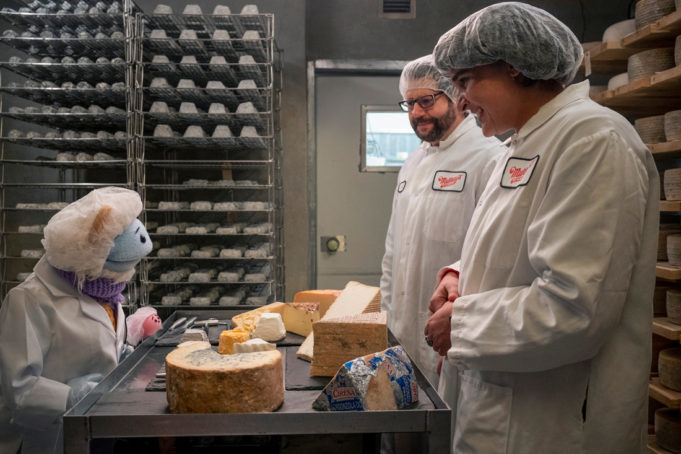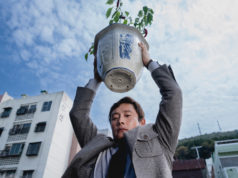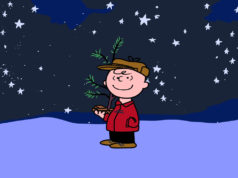When I was little, I hated mushrooms and coconut. It was less about the taste than the texture for me. Now I’m OK with the former and a fan of the latter, but I wonder if I might have come around to them sooner if I’d had something like Waffles + Mochi. I encountered the Netflix food TV show in the spring of last year, and it was a joy, a program simple enough for small children and deep enough to teach me, a quasi-professional food person, things I didn’t know. I yearned for a new season, more than the one-off Christmas special could give me. A six-episode spinoff called Waffles + Mochi’s Restaurant dropped on Netflix a few weeks ago, and the pandemic has adversely affected the show’s ambitions.
Waffles is a half-frozen waffle/half-yeti puppet creature (voiced by Michelle Zamora in the first season and Sarah Berman in the second) who comes from a land of frozen food along with his gibberish-speaking best friend Mochi (voiced by Russ Walko and David Bizzaro). They travel to a supermarket run by Michelle Obama (who portrays herself) and learn all about the world of food.
Each episode takes a basic foodstuff as its theme. At its best, the show veers off into unexpected directions from there. An early episode about salt walks us through the process of making miso and shows how salt is often used to make non-salty foods taste more like themselves, while an episode about potatoes spotlights heirloom varieties and has a NASA scientist making a battery out of one. Waffles and Mochi’s early adventures are intercut with interviews with kids from around the world about food, sidebars on food history, and animated musical numbers, the first one of which has Sia voicing a tomato wearing Sia’s trademark black-and-white wig and singing “I’m a Fruit.” Michelle Obama and her husband are executive producers, and their star power explains how actors such as Jack Black, Rashida Jones, Common, and Zach Galifianakis make cameo appearances. Some of them are heavy with Netflix synergy (Gaten Matarazzo from Stranger Things and Kimiko Glenn from Orange Is the New Black), but they aren’t distracting, and the contributions by celebrity chefs such as José Andrés, Marcus Samuelsson, and Preeti Mistry boost the show’s credibility.
Alas, the strictures placed on Waffles + Mochi’s Restaurant are easy to spot. The first season had the characters traveling to Peru, Italy, and Japan to show us foodways from other cultures. Waffles and Mochi are restricted to America and Mexico City this year, and they don’t even hit the cool places that they did in the first year, such as San Francisco’s Mozzeria, a pizza parlor where all the employees are deaf, or Venice’s Orient Experience, a Middle Eastern restaurant and spice shop where all the employees are political refugees. The interviews with kids are gone, too. You can blame the pandemic for that, but the loss of the comedy team of Garfunkel & Oates (Riki Lindhome and Kate Micucci), who wrote the first season’s songs, is a real blow. I don’t like Berman’s voicing of Waffles, either — she’s aggressively bright and loud where Zamora was better at conveying the character’s confusion at how people interact with their food.
Even so, show creators Erika Thormahlen and Jeremy Konner ensure that it never wags its finger at us and tells us to eat our vegetables. It also doesn’t shy away from topics that are gross (how bees make honey) or potentially uncomfortable (the role of slavery in the cultivation of rice and bananas), and a song by Nerf Herder’s Parry Gripp called “Banana Rainbow” refers to the importance of crop biodiversity to a bouncy beat that will appeal to little kids. When Waffles and Mochi are free to travel the world again, I hope to see them in different locations tackling different foods with their panache of old. For now, Waffles + Mochi’s Restaurant is just enough to keep our stomachs from rumbling until then.












